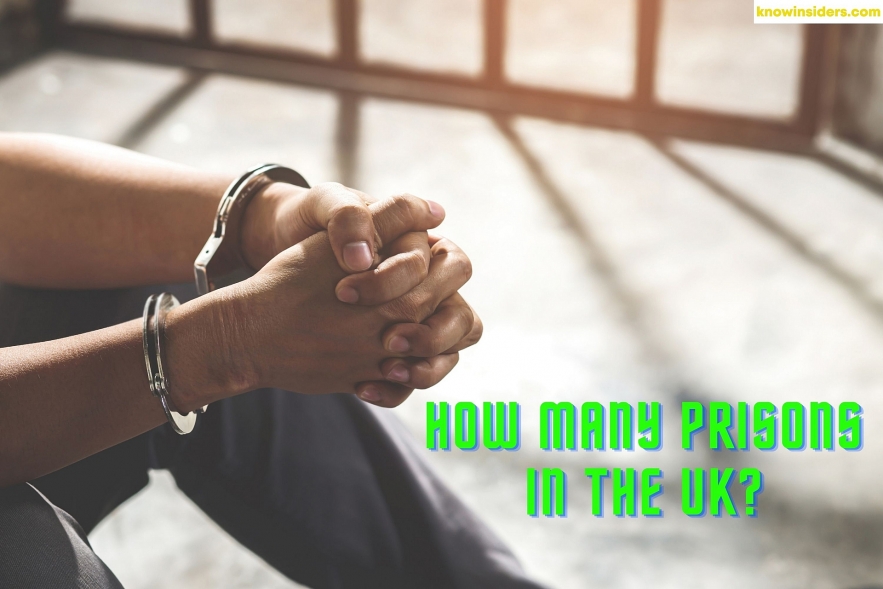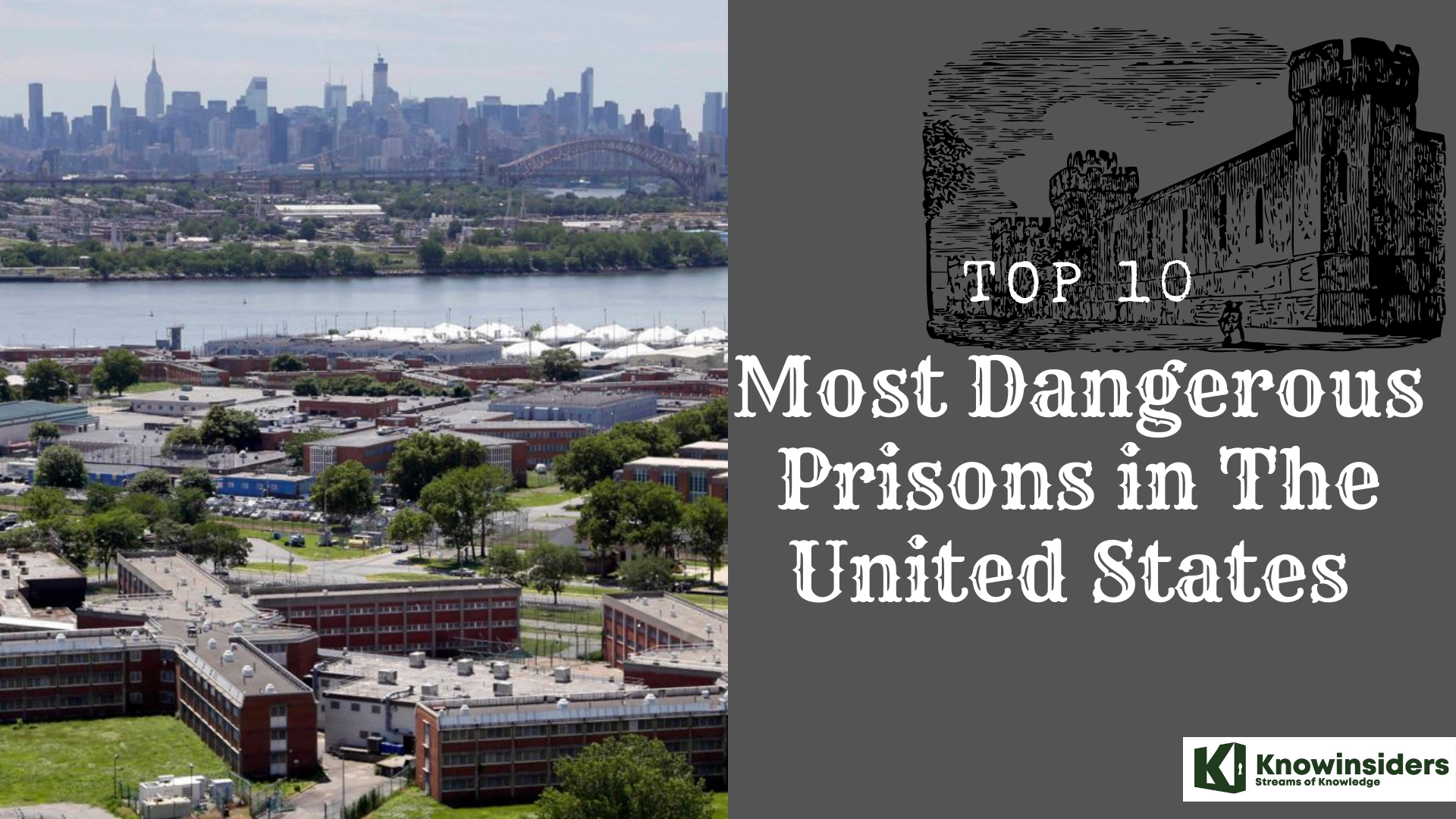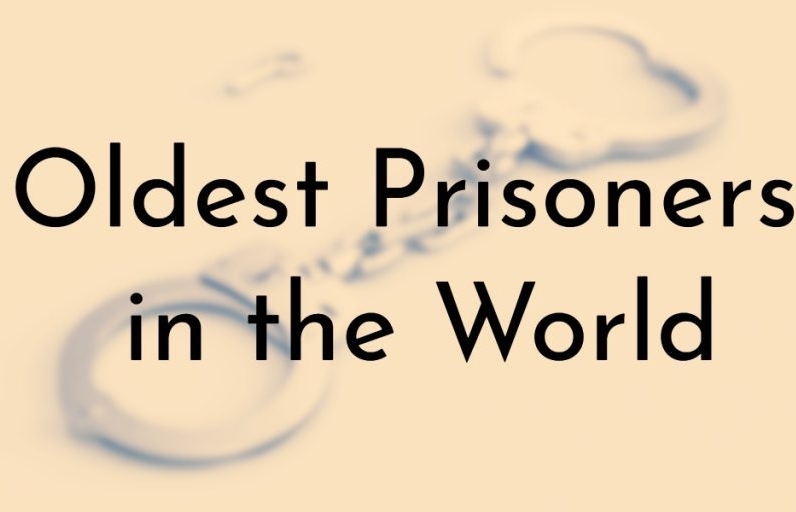How Many Prisons and Prisoners Are There In The UK: Full List, Categories, Types Of Sentences
 |
| How Many Prisons Are There In The UK: Categories, Types Of Sentences And Full List. Photo KnowInsiders |
| Table of Content |
How many prisons in the UK?
There are 117 prisons in England and Wales. Her Majesty’s Prison and Probation Service (HMPPS) runs most of these (104) while three private companies operate 13: G4S and Sodexo manage four prisons each, and Serco manages five.
Private prisons are newer than those operated by the public sector and tend to be larger.
How many prison categories in the UK?
There are many types of prison with the UK, both private and publicly owned and these are best defined by the nature of the prisoners they keep.
Beyond the obvious split between male, female and juvenile, prisoners are categories according to the risk they represent to society and to each other. There are also a split between Local Prisons and Dispersal Prisons. A Local Prison is where you will be sent initially and where the assessment of you will take place. As its name suggest, a Local prison will be local to the area of the court where your trial is held. Depending on the length of your sentence you may spend all your time at a local prison, but if your sentence is for a longer duration (over 4 years) you may be sent to Dispersal Prison where you will serve your sentence. It is as broad as it is long which type of prison is best, there is little to choose between them in terms of the regime they operate or the work/education opportunity they offer
All prisoners are given a category which sets out how the prison system will handle you. At the most serious end for male prisoners are Category A prisoners. These people are defined as being “Those whose escape would be highly dangerous to the public or national security. Offences that may result in consideration for Category A or Restricted Status include: , Attempted murder, Manslaughter, Wounding with intent, Rape, Indecent assault, Robbery or conspiracy to rob (with firearms), Firearms offences, Importing or supplying Class A controlled drug, Possessing or supplying explosives, Offences connected with terrorism and Offences under the Official Secrets Act”. Category A prisoners are further segregated into Standard Risk, High Risk, and Exceptional Risk, based on their likelihood of escaping.
Unless you are a Category A prisoner, when you are first committed to prison you will automatically be categorised as a Category B prisoner who are defined as “Those who do not require maximum security, but for whom escape needs to be made very difficult like”. If you are being held on remand you will be set as a Cat B prisoner. After some time in prison you may be set as a lower profile prisoner and will be categorised as Category C who are defined as “Those who cannot be trusted in open conditions but who are unlikely to try to escape”.
Finally there are Category D prisoners who are held in open prisons which have a more relaxed regime. Category D prisoners are defines as “Those who can be reasonably trusted not to try to escape, and are given the privilege of an open prison.” It take some time to progress through the various categories; if it is your first offence and it is was a non violent or drug related crime, such as fraud, you may be categories as a Cat D within a month of being sent to prison.
The speed of progression depends on how you have reacted to the prison rules and regulations and how you have behaved whilst in custody. However while you are in prison your category will be regularly reviewed and towards the end of your sentence you may well be re-categorised at a lower risk level. If your sentence is for a relatively short period , say under 2 years, the prison may not progress you down the risk categories and you will stay as a Cat B for the entire time; if this is happening to you speak to your lawyer for advice as to how to proceed.
Types of prison sentences in the UK
Concurrent and consecutive sentences
If someone’s convicted of committing more than one crime, they’re usually given a sentence for each crime.
Concurrent sentences are served at the same time.
Consecutive sentences are served one after the other, for example a 6 month sentence followed by a 3 month sentence.
Suspended prison sentences
A ‘suspended’ prison sentence is carried out in the community.
The person has to meet certain conditions, for example:
having to stay away from a certain place or person
doing unpaid work - called ‘Community Payback’
Determinate prison sentences - fixed length of time
A ‘determinate’ prison sentence is for a fixed length of time.
If the sentence is for 12 months or more
For prison sentences of 12 months or more the person spends the first half of the sentence in prison and the second half in the community ‘on licence’.
If they break any licence conditions, for example they commit another crime, they could go back to prison.
If the sentence is under 12 months
For prison sentences under 12 months, the person’s normally released automatically halfway through.
Indeterminate prison sentences - no fixed length of time
An ‘indeterminate’ prison sentence does not have a fixed length of time.
This means:
no date is set when the person will be released
they have to spend a minimum amount of time in prison (called a ‘tariff’) before they’re considered for release
The Parole Board is responsible for deciding if someone can be released from prison.
Life sentences
If a person’s found guilty of murder, a court must give them a life sentence.
A court may choose to give a life sentence for serious offences like:
rape
armed robbery
A life sentence lasts for the rest of a person’s life – if they’re released from prison and commit another crime they can be sent back to prison at any time.
Whole life term
A whole life term means there’s no minimum term set by the judge, and the person’s never considered for release.
How many prisoners in the UK?
As of June 2021, the UK had a total prison population of approximately 87,550 people, comprising
78,756 in England and Wales,
7,417 in Scotland, and
1,377 in Northern Ireland (average daily prison population for the financial year 2020/21).
The prison population has fallen since lockdown measures were introduced in response to the Covid-19 pandemic. Since the end of February, the UK prison population has shrunk by around 5,500 people or 6%.
In addition to these snapshots, all jurisdictions publish the average annual prison population, which was approximately 80,366 in England and Wales in the 2020, and 8,198 in Scotland in 2019/20 and 1,448 in Northern Ireland in 2020/21.
Prison population per capita in the UKTo put the prison population in context, it is possible to calculate the number of prisoners per 100,000 people in the general population. At the most recent count, there were: 167 prisoners per 100,000 of the population in England and Wales (2020) 178 per 100,000 in Scotland (2020), and 96 per 100,000 in Northern Ireland (2020/21). |
| The size of the prison population has not changed very much. But the prison population is getting older, and harder to deal with. Since 2016 there has been a 16% rise in the number of people in prison aged 70 and over. This means there is growing demand for care in prisons. A large share of the prison population has a mental illness. The data is incomplete, but estimates range between 23% and 37% of prisoners with a mental health problem. This may be higher than the prevalence of mental illness in the general population – estimated to be 23% in 2007. New drugs like ‘spice’ – which can induce psychosis and aggression – are also putting pressure on prisons. They are also very prevalent. In 2017/18, 10.1% of mandatory drug tests were positive for the use of new psychoactive substances, compared with 10.3% positive drug test for all other drugs. |
List of all prisons in England and Wales
Prisons in England and Wales have resumed social visits when it is safe to do so. This decision is made by HM Prison & Probation Service (HMPPS) in partnership with health partners.
Certain restrictions apply because of coronavirus (COVID-19). This means that it’s important to check local guidance regularly as the situation in individual prisons may change.
For information on prisons in Scotland, visit the Scottish Prison Service. For information on prisons in Northern Ireland, visit the Northern Ireland Prison Service.
Prisons A - C
Altcourse Prison
Ashfield Prison
Askham Grange Prison and Young Offender Institution
Aylesbury Young Offender Institution
Bedford Prison
Belmarsh Prison
Berwyn Prison
Birmingham Prison
Brinsford Prison
Bristol Prison
Brixton Prison
Bronzefield Prison
Buckley Hall Prison
Bullingdon Prison
Bure Prison
Cardiff Prison
Channings Wood Prison
Chelmsford Prison
Coldingley Prison
Cookham Wood Young Offender Institution
Prisons D - F
Dartmoor Prison
Deerbolt Prison
Doncaster Prison
Dovegate Prison
Downview Prison and Young Offender Institution
Drake Hall Prison and Young Offender Institution
Durham Prison
East Sutton Park Prison and Young Offender Institution
Eastwood Park Prison and Young Offender Institution
Elmley Prison
18 January 2022 Guidance
Erlestoke Prison
Exeter Prison
Featherstone Prison
Feltham Young Offender Institution
Ford Prison
Forest Bank Prison
Foston Hall Prison and Young Offender Institution
Frankland Prison
Full Sutton Prison
Prisons G - I
Garth Prison
Gartree Prison
Grendon Prison
Guys Marsh Prison
Hatfield Prison
10 January 2022 Guidance
Haverigg Prison
Hewell Prison
High Down Prison
Highpoint Prison
Hindley Prison
Hollesley Bay Prison
Holme House Prison
Hull Prison
Humber Prison
Huntercombe Prison
Isis Prison
Isle of Wight Prison
Prisons J - L
Kirkham Prison
Kirklevington Grange Prison
Lancaster Farms Prison
Leeds Prison
Leicester Prison
Lewes Prison
Leyhill Prison
Lincoln Prison
Lindholme Prison
Littlehey Prison
Liverpool Prison
Long Lartin Prison
Low Newton Prison and Young Offender Institution
Lowdham Grange Prison
Prisons M - O
Maidstone Prison
Manchester Prison
Moorland Prison
Morton Hall Prison
New Hall Prison and Young Offender Institution
North Sea Camp Prison
Northumberland Prison
Norwich Prison
Oakwood Prison
Onley Prison
Prisons P - R
Parc Prison and Young Offender Institute
Pentonville Prison
Peterborough Prison
Portland Prison and Young Offender Institution
Prescoed Prison
Preston Prison
Ranby Prison
Risley Prison
Rochester Prison
Rye Hill Prison
Prisons S - U
Send Prison
Spring Hill Prison
Stafford Prison
Standford Hill Prison
Stocken Prison
Stoke Heath Prison
Styal Prison and Young Offender Institution
Sudbury Prison
Swaleside Prison
Swansea Prison
Swinfen Hall Prison
Thameside Prison
The Mount Prison
The Verne Prison
Thorn Cross Prison
Usk Prison
Prisons V - Z
Wakefield Prison
Wandsworth Prison
Warren Hill Prison
Wayland Prison
Wealstun Prison
Werrington Young Offender Institution
 What Is The Oldest Prison In The UK and Who is the Oldest Prisoner What Is The Oldest Prison In The UK and Who is the Oldest Prisoner Do you know what prison is the oldest in the UK and who is the oldest prisoner? |
 Top 10 Most Dangerous Prisons in the United States Top 10 Most Dangerous Prisons in the United States America is notorious for many prisons with the hardest living conditions for the prisoners. Here is top 10 most dangerous prisons in the United States. |
 Top 10 Oldest Prisoners in the World Top 10 Oldest Prisoners in the World Who is the oldest prisoner in the world? Check out the answer in our list of the 10 oldest inmates on Earth below! |
























